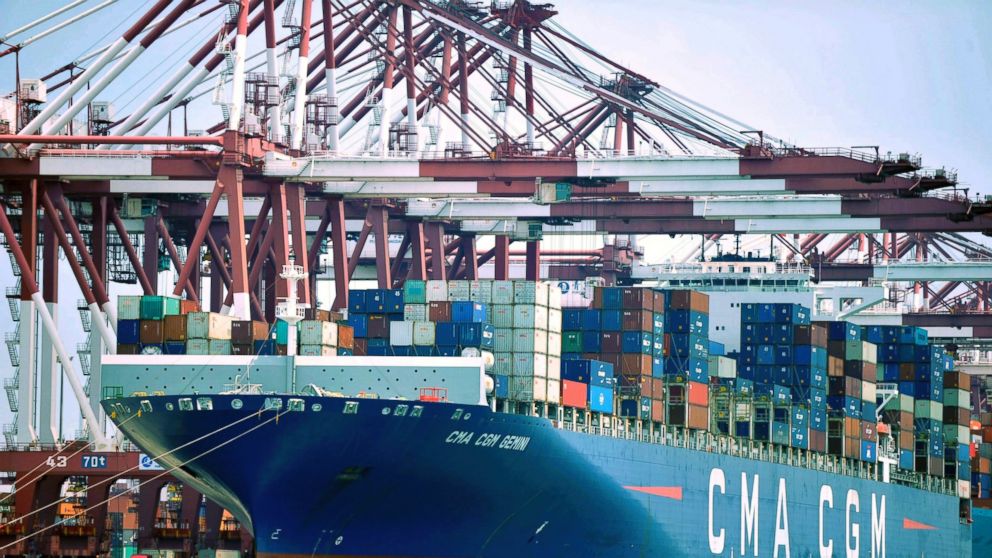
FILE PHOTO: A worker holds a nozzle to pump petrol into a vehicle at a fuel station in Mumbai, India, May 21, 2018. REUTERS/Francis Mascarenhas/File Photo
August 3, 2018
By Jessica Resnick-Ault
NEW YORK (Reuters) – Crude futures pulled back on Friday, giving up gains from the previous session as trade concerns weighed on the market and fueled concerns about demand.
U.S. West Texas Intermediate (WTI) crude futures <CLc1> were down 61 cents at $68.35 a barrel by 1:26 p.m. EDT (1726 GMT). Brent crude futures <LCOc1> were at $73.16 per barrel, down 29 cents from their last close.
Both grades briefly traded down more than $1 a barrel. U.S. crude is on track to end the week down 0.2 percent, while Brent has fallen 1.5 percent in the week so far.
“It’s a jittery feel here, as long as we have Iranian sanctions uncertainty and tariff uncertainty, and it doesn’t take much to spark a significant swing one way or the other,” said Jim Ritterbusch, an analyst in Galena, Illinois.
Fears that Chinese demand could taper fueled the pullback on Friday after state oil major Sinopec cut its purchases of U.S. crude. China’s Unipec, the trading arm of Sinopec, has suspended crude oil imports from the United States due to the growing trade spat between Washington and Beijing, three sources familiar with the situation said on Friday.
“Chinese demand from the independent refiners is also lower while the escalating trade war also doesn’t help sentiment,” said Warren Patterson, commodities strategist at ING.
China has said it plans to impose tariffs on liquefied natural gas, raising concerns that it could also impose tariffs on oil, said John Kilduff, partner at Again Capital Management in New York.
U.S. nonfarm payrolls rose in July but the U.S. trade deficit recorded its biggest increase in more than 1-1/2 years in June as the boost to exports from soybean shipments faded and higher oil prices lifted the import bill.
The Commerce Department said on Friday the trade gap surged 7.3 percent to $46.3 billion.
Russian oil output rose by 150,000 barrels per day (bpd) in July from a month earlier to 11.21 million bpd, energy ministry data showed on Thursday.
Output by top exporter Saudi Arabia has also risen recently, to around 11 million bpd, and U.S. production <C-OUT-T-EIA> is around that level as well.
Saudi Arabia, Russia, Kuwait and the United Arab Emirates have increased production to help to compensate for an anticipated shortfall in Iranian crude supplies once planned U.S. sanctions take effect later this year.
But a complete halt to Iranian supplies looks unlikely with Bloomberg reporting on Friday that China, Iran’s biggest customer, has rejected a U.S. request to cut imports from the OPEC member.
Low U.S. stockpiles were still providing a floor for prices, with overall U.S. crude inventories below the 5-year average of around 420 million barrels. But there were concerns about potential stockpile builds as supply returns from a Canadian production facility that has been shuttered.
U.S. drillers cut rigs for the second week in three, reducing the number of oil rigs by 2 to 859. The rig count can be a forward-looking indicator of production. [RIG/U]
(Reporting by Jessica Resnick-Ault in New York and Julia Payne in London, Editing by Meredith Mazzilli and Andrea Ricci)

